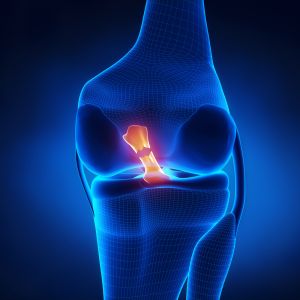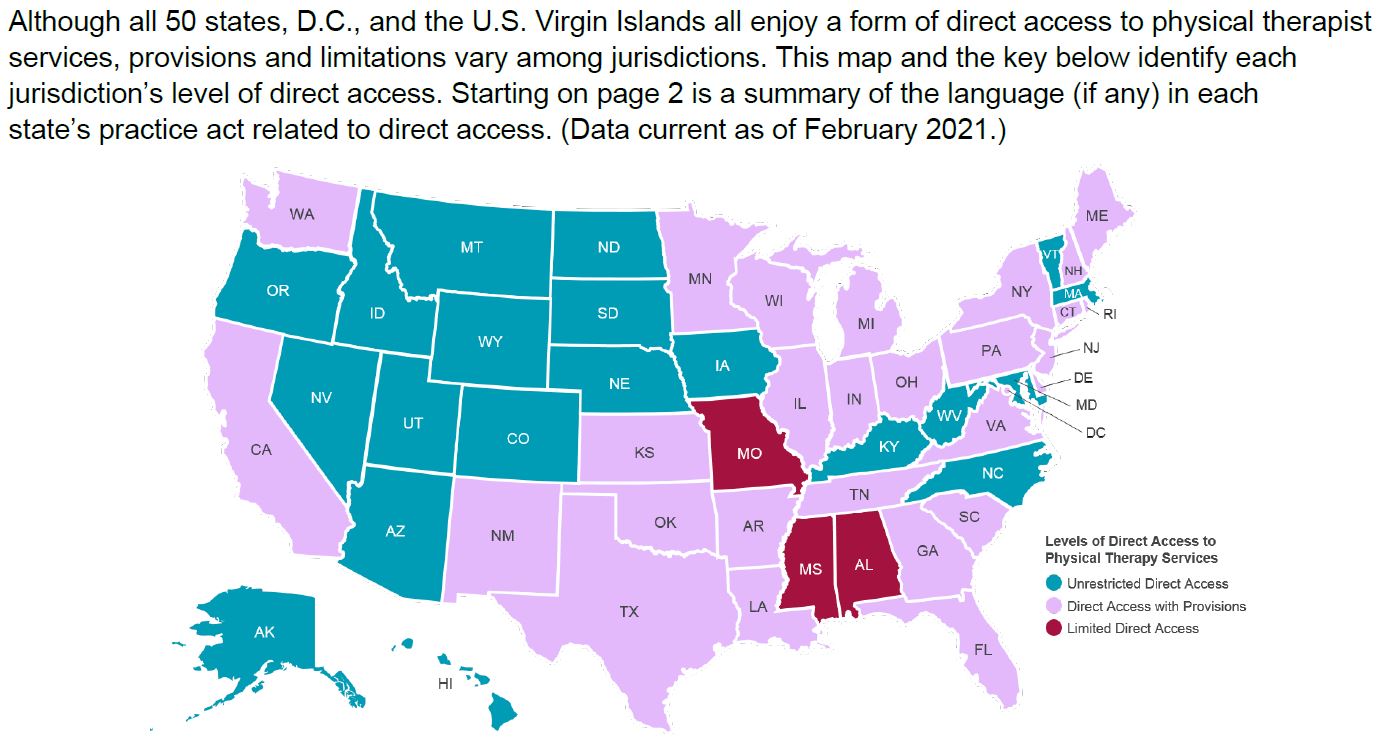
by Stacey Harper, PT, MPT
Many of my patients and close friends know that I have a passion for skiing. I spend every weekend during the winter months up in Tahoe trying to get the most out of my season’s pass. As a result of my interest in the sport, I am often sought out by skiers for rehabilitation after injury – most commonly tearing their anterior cruciate ligament (ACL).
I am only one of the estimated 200 million skiers worldwide or one part of the 60% of the recreational athletes at an average ski resort [1]. Despite these large number of skiers (and even with my relatively close proximity to the mountains), I am rarely sought out for pre-emptive strengthening for the upcoming season.
Multiple studies show that the knee is the most commonly injured area [2-5]. A retrospective study of recreational skiers over 12 years found that knee injuries accounted for 30% of all injuries and 50% of these were ACL tears. Among skiers, recreational alpine skiers have the highest incidence of ACL rupture, while expert recreational skiers the lowest [6]. With all these injuries, it is obvious why as physical therapists we see a large increase in ACL repairs during the winter months.
Many of my patients report that their ACL tears came from a sudden fall and they feel they could not have prevented it; however, there is mounting research that this is likely not the case. A recent study in the British Medical Journal found that core strength was a predictive value for ACL injury in both young male and female skiers. Those with higher core strength were more likely to be in the non-injured group [7].
A strong core is the foundation of efficient movement. The core is the link that facilitates the transfer of forces to the limbs during whole body movements when performing sports, work, and daily activities [8]. Without adequate core activation the limbs move uncontrolled and put excessive demand on the muscles, joints and ligaments of the limbs and may lead to increased injury. Promoting core development is a critical factor in preventing injury.
A meta-analysis of preventative programs for ACL injury found that neuromuscular and educational interventions appear to reduce the incidence rate of ACL injuries by approximately 50% [9]. Proper neuromuscular control means that the body can perform coordinated and efficient movement and when combined with learning how to properly perform an activity can lead to reduced stress on the body as a whole. Ultimately this means reduced risk of injury.
Physical therapists are trained to evaluate movement patterns, assess weakness, and provide individualized exercise programs to correct any deficits observed. We are able to provide sport-specific training for any activity including skiing and are experts in providing detailed exercise instruction to ensure proper form.
Having a personalized assessment of your areas of weakness prior to a ski season means that we can help prevent injury and hopefully help you enjoy your ski seasons for years to come.
Stacey Harper graduated from the University of Toronto in Canada and has been a physical therapist since 2009. She is an avid skier, back packer and hiker.
References:
1) Langran M. Alpine Skiing and Snowboarding Injuries. Adventure and Extreme Sports Injuries
2013, pp 37-67
2) Warme WJ, Feagin JA JR, King P, Lambert KL, & Cunningham R. Ski Injury Statistics, 1982 to 1993, Jackson Hole Ski Resort. Am J Sports Med September 1995 vol. 23 no. 5 597-600
3) Davidson TM & Laliotis AT. Alpine skiing injuries. A nine-year study. West J Med. 1996 April; 164(4): 310–314.
4) Flørenes TW, Heir S, Nordsletten L, & Bahr R. Injuries among World Cup freestyle skiers. Br J Sports Med 2010;44:803-808
5) Flørenes TW, Bere T, Nordsletten L, Heir S, & Bahr R. Injuries among male and female World Cup alpine skiers. Br J Sports Med 2009;43:973-978
6) Prodromos CC, Han Y, Rogowski J, Joyce B, & Shi K. A meta-analysis of the incidence of anterior cruciate ligament tears as a function of gender, sport, and a knee injury-reduction regimen. Arthroscopy. 2007;23(12):1320.
7) Raschner C, Platzer HP, Patterson C, Werner I, Huber R, & Hildebrandt C. The relationship between ACL injuries and physical fitness in young competitive ski racers: a 10-year longitudinal study. Br J Sports Med 2012;46:1065-1071
8) Behm DG, Drinkwater EJ, Willardson JM, et al. The use of instability to train the core musculature. Appl Physiol Nutr Metab. 2010;35(1):91–108
9) Gagnier JJ, Morgenstern H, & Chess L. Interventions Designed to Prevent Anterior Cruciate Ligament Injuries in Adolescents and Adults: A Systematic Review and Meta-analysis. Am J Sports Med September 12, 2012 0363546512458227



